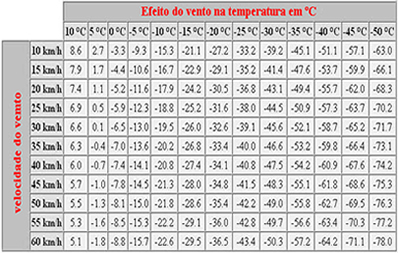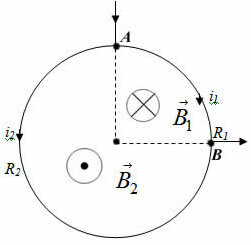We know that the skin on our body is the largest organ we have and, therefore, it is a very important source of information. The sensations we identify through the skin are numerous: pain, pressure, cold, etc. The sensations related to cold or heat are said thermal sensations.
After showering, whether in a shower or in a pool, we sometimes feel a little cold. We know that the evaporation of a liquid lowers the temperature, which is why we feel cold when we are wet. This is because the thin layer of water that adheres to our skin absorbs a significant amount of heat, so we feel cold. We feel even colder when it is windy, as the wind intensifies the evaporation of water, which causes the water temperature to drop.
For us, who live in a tropical country, the concept of Thermal sensation it may even be unimportant and little known, although we know that the breeze and the wind refresh us. However, in cold countries, the drop in temperature caused by the wind can cause several serious health problems. As an example, we can mention the hypothermia.
Do not stop now... There's more after the advertising ;)
The term thermal sensation became more popular after World War II, when German troops failed to invade Russia during its harsh winter. It was from there that the American army created an index to evaluate the thermal sensation related to the wind speed. This index became popular and started to be published in relation to daily temperatures.

By Domitiano Marques
Graduated in Physics
Would you like to reference this text in a school or academic work? Look:
SILVA, Domitiano Correa Marques da. "Thermal sensation"; Brazil School. Available in: https://brasilescola.uol.com.br/fisica/sensacao-termica.htm. Accessed on June 27, 2021.



